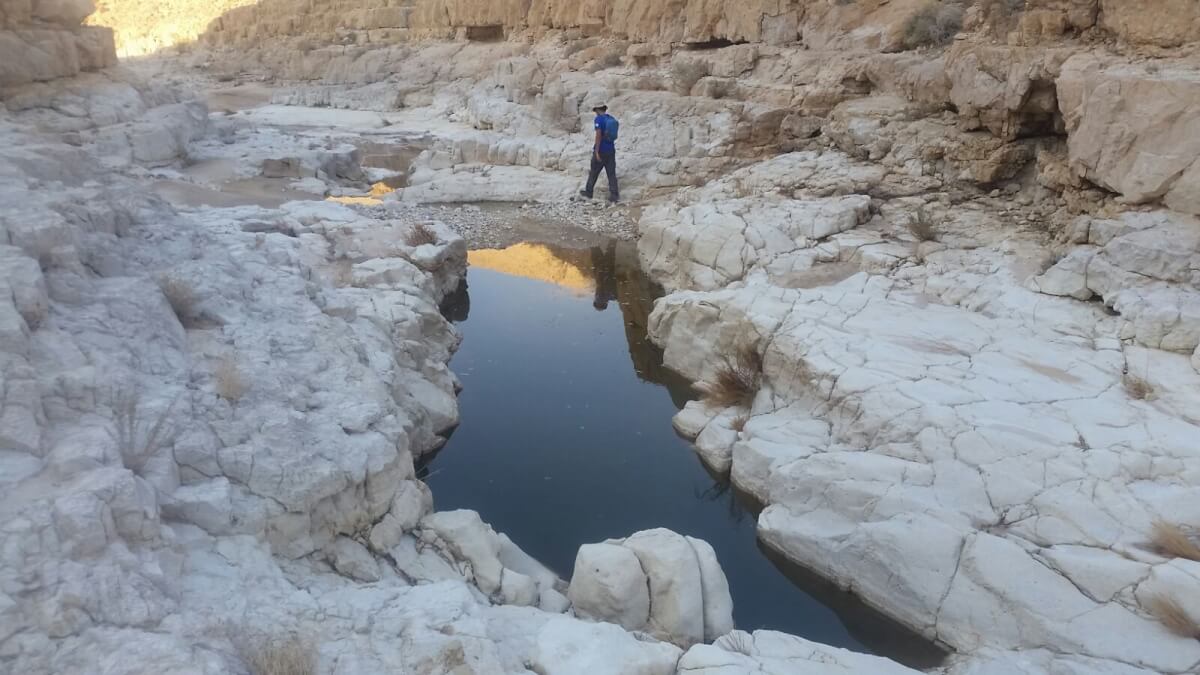Are off-the-rack Purim costumes not eco-friendly?
March 20, 2019Wearing costumes on this cheerful holiday is a treasured tradition, making for great carnival-like parties in the streets. But the growing demand for off the rack costumes and accessories also make for a lot of waste
The holiday of Purim is commemorating the rescue of the Jewish people of ancient Persia from imminent destruction after Hamman, a vizier to king Ahasuerus, conspired to wipe them off the face of the earth. Today, Purim is known as one of the most fun holidays of the Jewish year due to its joyous and exuberant atmosphere. Unlike other more stricter Jewish holidays, Purim, especially in Israel, exudes an upbeat festival vibe with lots of foods, drinks, and dancing in the streets.
One of the numerous Purim traditions is to send food gifts to friends and loved ones in the form of pastries, like the triangle-shaped Ozen Hamman (ears of Hamman), candies, fruits, and other tasty snacks and goodies.
But Purim would not be the same without the costumes. Dressing up for the holiday is a relatively young, nonetheless highly popular tradition, among children and adults alike.
From rags to single-use-costumes
Back in the day, most Israeli parents would make their children’s costumes themselves, either compiling wild assortments of old clothes, rags and whatever was handy at the moment or even designing and sewing them by hand. In some cases, those homemade costumes would not only be used the next year again, but survive entire childhoods, and passed on to younger siblings.
However, with time, this traditional makeshift craft, often involving a great deal of imagination and creativity, was replaced by a new tradition; cheap off-the-rack costumes, manufactured en masse, usually winding up in the trash only within a day or two after the holiday. Putting aside the apparent convenience of buying ready-made costumes and the financial bliss it bestows to all those selling them, it also creates an apparent environmental problem. Many of the costume accessories sold on Purim are disposables, made of plastic – wrapped in plastic, which only adds to Israel’s glaring plastic waste problem.
According to Atnyel Guedj of the Sustainable Fashion Forum, today there is hardly any brand in Israel that does not allocate a budget for Purim sales. “During Purim, we experience a large influx of products from all over the world. Every fashion brand imaginable chips in their share for a Purim costume and accessory collection because it’s a guaranteed ticket to generate a lot of revenue in a very short period. The majority of those products are imported from Asia and elsewhere in the world. What you end up with is an inconceivable amount of leftover stock only from a single holiday, and a large part of that stock is either thrown away or sold at 70% discount in the next year,” Guedj says.
The entailing problem is not far to seek; while most large fashion collections are customized for an entire season, on Purim, a similar quantity of products is flooding the Israeli retail market, producing a soaring amount of textile waste in its wake.
On the other hand, there are a lot of people who order their costumes and accessories online. For instance, buying a leftover outfit from Halloween in November, several months before Purim, has become a trend in recent years increasing the textile inflow into Israel.
Guedj emphasizes the discrepancy between the opportunity of creating an additional revenue stream for many brands and the enormous stock surplus they are ultimately grappling with after Purim. “It is somewhat counterintuitive. In recent years Israeli brands recognized Purim as a way to make money, but at the same time generating another problem, which is a basic dilemma of the fashion industry and many other consumer goods in Israel; they buy too much, end up with huge leftover stocks and don’t know what to do with them”, Guedj stresses.
Large-scale productions of costumes, accessories, and essentially any holiday related item, is obviously not a unique or new phenomenon. However, according to Guedj, the costume craze in Israel during Purim has undergone rapid development in the last couple of years.
“What makes this phenomenon so unique in my eyes, is that it is fairly new and became very popular very quickly. A few years ago, dressing up for Purim, of course, was already part of the tradition, but you would see fewer shops selling costumes in general. Most people would go to specialized shops to buy a costume or costume accessories, but now virtually everyone has jumped on the Purim bandwagon,” Guedj adds.
The fast fashion industry itself has been under constant fire for its harmful practices of using toxic chemicals, contaminating water and contributing to the rise of textile waste.
“Unfortunately, it is difficult to express the amount of textile waste of Purim in numbers since there is no official data on that matter,” Guedj concludes.
New is not always better
For Illana Leizin, a fashion activist and also a member of the Sustainable Fashion Forum, the issue of consumption during Purim should also be considered from a cultural and more traditional perspective. “I feel that the soul of Purim is getting lost. We all are in some way addicted to consumption, and this problem is relevant not only for Purim but for many other holidays everywhere else in the world. Whatever happened to creativity? Hand-made DIY work and skill sharing, and sharing this tradition with the family? It takes the magic away, gone with a $9.99 costume. There are so many great do-it-yourself ways to create inexpensive and yet spectacular Purim costumes and dresses.”
Purim is a holiday of levity, when people celebrate light-heartedly, dancing in the streets among friends and strangers and taking a break from their everyday headaches; and why not? Isn’t this exactly what Purim should be about? Celebrating the beauty of being alive. Nonetheless, during such time it is also right to reflect on one’s impact on the natural world, which grants life to us all. Dressing up on Purim has become a famous landmark in Israel within and as well as outside of the country. So why not create another one by making it more eco-friendly and draw from the childhood memories of the older generations? Initiatives striving to shape a new Purim reality are already up and running, especially at schools and community centers. Do-It-Yourself websites and costume exchange bazaars, like the one at Dizengoff Center in the heart of Tel Aviv, are committed to bringing back some of that traditional Purim character while doing something good for the environment.
This ZAVIT article was also published in Forward on 03/19/2019.







